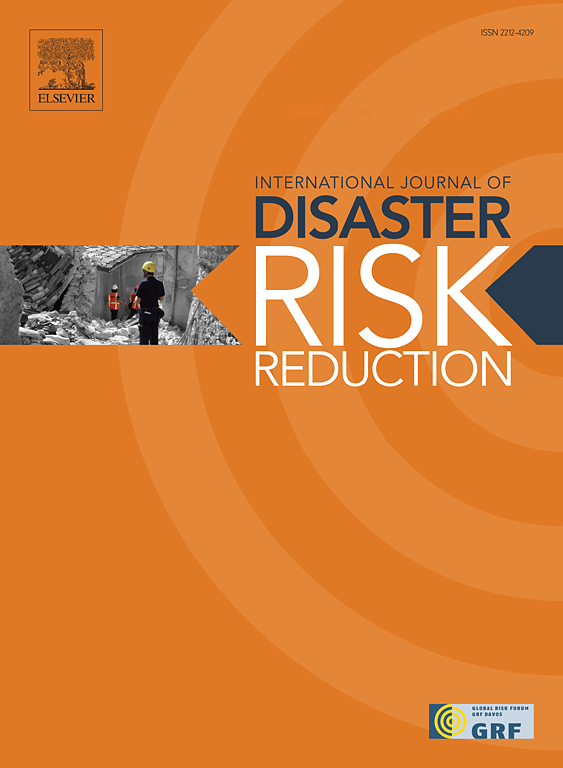Vol. 10 No. 5 • October 2017
Published online: October 2017
Authors : Chandra Lal Pandey and Roshan Man Bajracharya
DOI: 10.1089/sus.2017.0008
pages: 300-307
Abstract
Nepal, one of the fastest urbanizing and most disaster-prone countries in the world, faces a looming urban water crisis due to rising temperatures, changing climate, and a rapidly growing population in its cities. Changes in rainfall patterns, growing industrial activity, changing lifestyle of the emerging middle class, unplanned urban development, and rapidly increasing urban populations are all contributing factors to the Himalayan cities becoming more water stressed. Limited water access, poor infrastructure development, inequitable distribution, inefficient water resource management, supply-demand mismatch, and institutional inefficiency are the key issues surrounding water insecurity. Multiple, fragmented, top-down institutional arrangements in water governance pose a challenge for effective, equitable, and decentralized water planning and management. This article presents a case study of the struggles over water scarcity and water management in one small and one midsized city in Nepal—Dhulikhel and Dharan. It examines the research, collaborative strategies, and policies for the codevelopment of innovative approaches to meet the rapidly increasing water demands.
Keywords: climate; Nepal; urbanization; water
Available at: http://online.liebertpub.com/doi/abs/10.1089/sus.2017.0008







